Tips for Effective Writing: Balance
“If you don’t ‘write it right,’ reader engagement will, most assuredly, fall by the roadside like a useless flat tire.”
Well-chosen, well-placed words wield the power to engage, challenge, compel, and inspire your readers. Words that are not well-chosen or well-placed—albeit well-intended—will invariably discourage, confuse, and disengage your readers.
Whether you intend to write an inspiring entry to your blog or write a spellbinding book, it’s imperative to understand that effective communication goes far beyond the accumulation of cleverly placed words. If you don’t “write it right,” reader engagement will, most assuredly, fall by the roadside like a useless flat tire. (Perish the thought!)
Effective writing has many facets. The first recommendation to you—my fellow, well-intentioned writer—is not to assume your readers can read your mind. (Huh?)
Before you share your wit and wisdom, be sure you provide context. Ample context gives your readers just enough surrounding information to support the point you’re trying to make. Conversely, use caution not to provide more information than is needed. You want your readers to hang on to your every word without getting lost in extraneous and useless details. Your readers will likely quickly disengage if they cannot follow what’s written. Let’s face it, in this fast-paced, need-to-know-now world, your readers can and will, in short order, find what the next writer has to say on the very same subject. (Ouch!)
What you have to share with the world does matter, so strive to be heard. Stay tuned for more writing tips in this series.
1/30/2025

